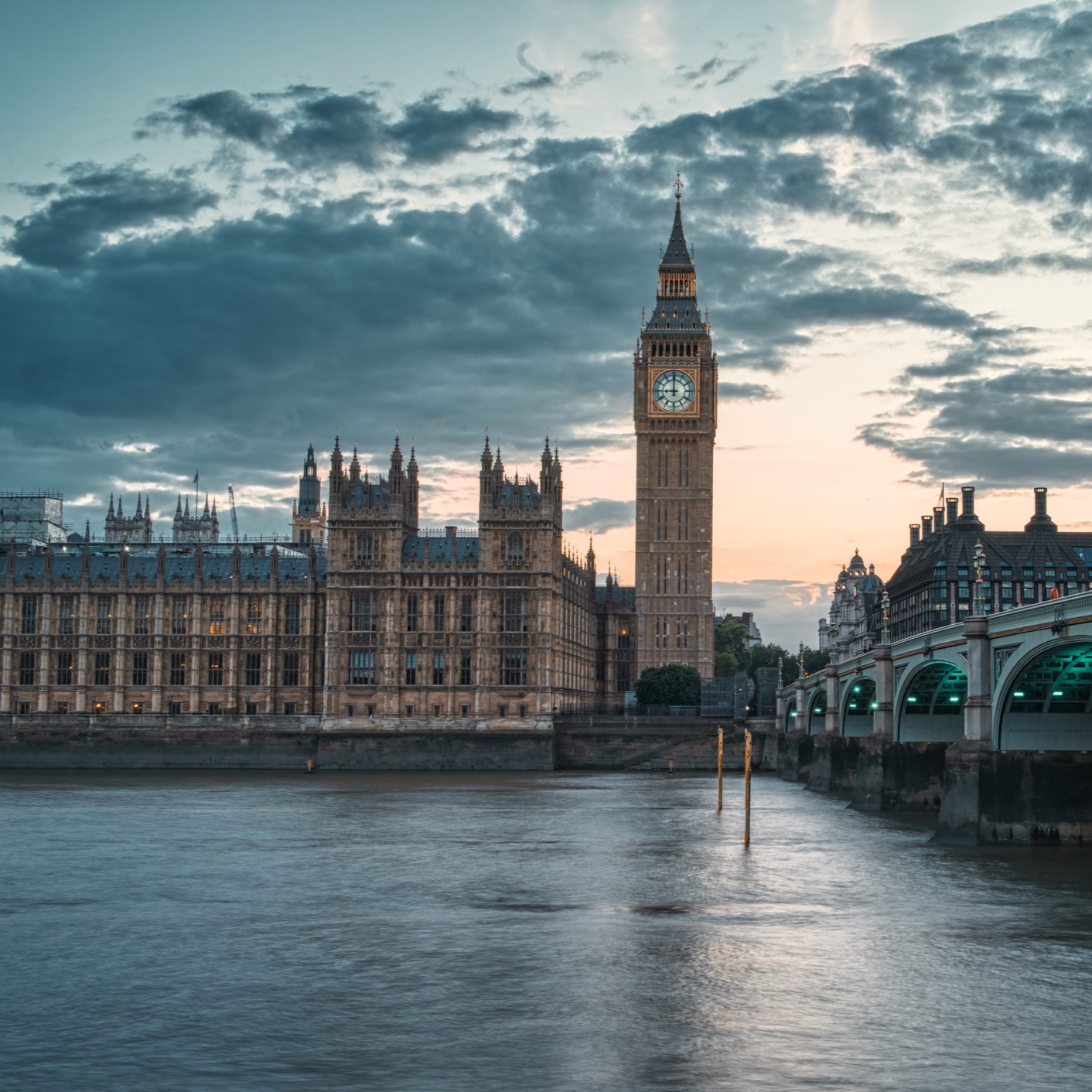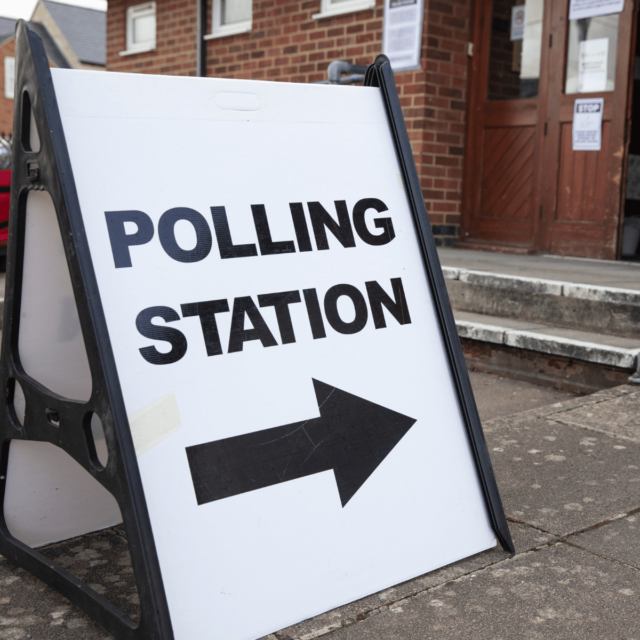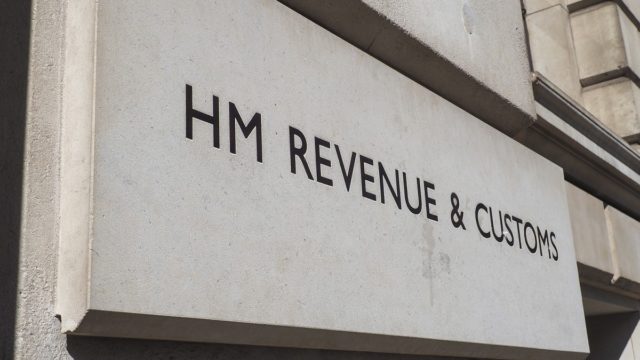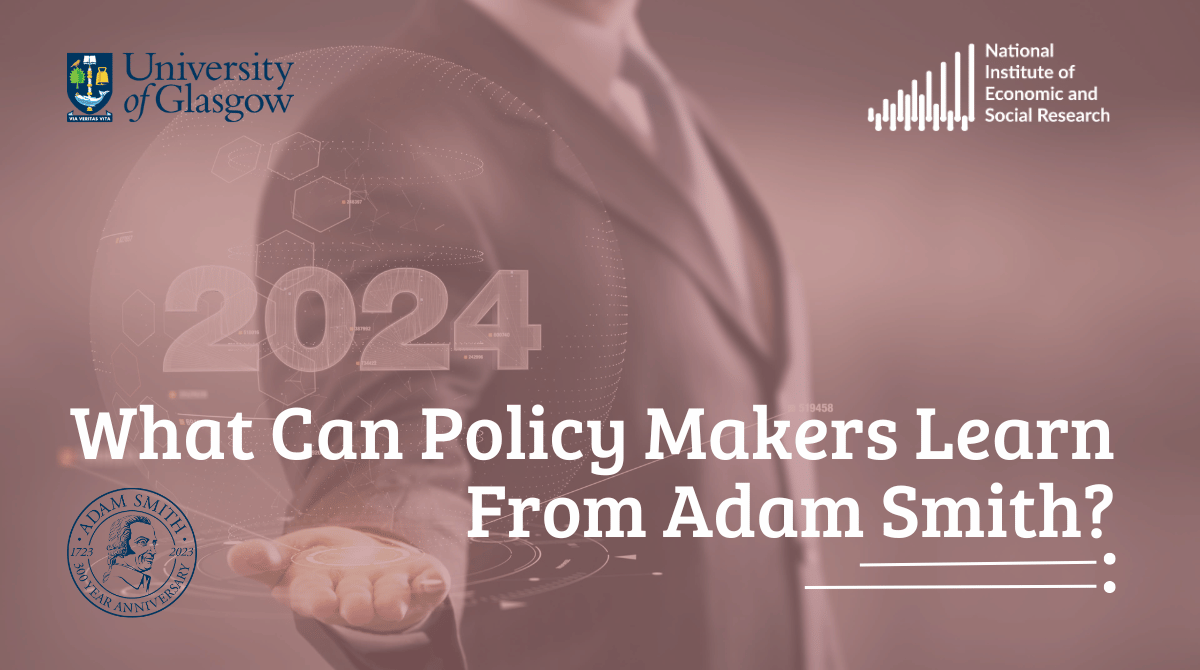How the Chancellor’s Budget Could Help Households and the Struggling Regions
Ahead of the Spring Budget on Wednesday, the Chancellor faces political pressures to reduce the tax burden whilst also making the sums add up in a way that meets the self-imposed fiscal rules – that in the fifth year of the forecast (i.e. March 2029), debt as a proportion of GDP should be falling and public sector net borrowing should not exceed three per cent of GDP. One key question is the distributional impact of the budget: how will fiscal policy affect both the hardest hit households and the struggling regions? Our Deputy Director Professor Adrian Pabst spoke with Professor Arnab Bhattacharjee and Robyn Smith, who are leading the distributional analysis, about what the government could and should be doing.

How the Chancellor’s Budget Could Help Households and the Struggling Regions
Ahead of the Spring Budget on Wednesday, the Chancellor faces political pressures to reduce the tax burden whilst also making the sums add up in a way that meets the self-imposed fiscal rules – that in the fifth year of the forecast (i.e. March 2029), debt as a proportion of GDP should be falling and public sector net borrowing should not exceed three per cent of GDP. One key question is the distributional impact of the budget: how will fiscal policy affect both the hardest hit households and the struggling regions? Our Deputy Director Professor Adrian Pabst spoke with Professor Arnab Bhattacharjee and Robyn Smith, who are leading the distributional analysis, about what the government could and should be doing.
What is the case for introducing further tax cuts (e.g. reducing National Insurance Contributions by another two pence)?
In our latest Economic Outlook for UK households, published in February, we found that the two per cent reduction in the main rate of employee National Insurance Contributions (NICs) that came into effect in January 2024 will cost the Exchequer some £100 per household per year, totalling about £10 billion by 2027-28. However, because of the freeze in income tax thresholds, the net impact will be regressive, reducing average disposable incomes for the bottom half of the population while raising average disposable incomes for the top half.
In other words, the government gives with one hand by cutting NICs but takes with another – households are pulled into paying tax or paying tax at a higher rate, a phenomenon known as “fiscal drag”. This is because the failure to raise tax thresholds increases people’s taxable income without nominal tax rates rising, and the same will apply if the Chancellor cuts NICs by a further one or two pence. The impact of an additional one pence cut will dent public finances by approximately £4.5 billion and its distributional impact will be similarly regressive.
If the government does cut tax, which NIESR thinks is not the economic priority, then reducing NICs is vastly better than abolishing inheritance tax. However, a far more effective way to help lower-income households that have borne the brunt of the recent shocks – such as Brexit, Covid-19 and the Ukraine war-induced spike in inflation – is to raise the tax thresholds. This means that people can keep more of their money, for example by raising the tax-free Personal Allowance from its current level of £12,570 to £13,500 or £14,000.
How else can the government help the hardest hit households?
In the Autumn Statement on 17 November 2023, the Chancellor was right to announce a substantial increase in the National Living Wage and the National Minimum Wage. This will not only boost the disposable incomes of many households in the lowest two income deciles but will also incentivise work and activity over welfare and inactivity. Linked to this is the ongoing priority of raising real wages. The danger is not a wage-price spiral but instead a return to the post-2008 situation of real wage stagnation. Real wage growth is slowing down and risks falling to levels below the rate of inflation.
But beyond increasing wages, more needs to be done to help the hardest hit households. A key priority is an adequate funding plan for essential public services – not just health, education and policing but also publicly funded affordable housing and better transport infrastructure and connectivity. As things stand, the non-ringfenced departmental budgets will see a sharp contraction after the election, unless government either reforms the fiscal framework or manages to boost growth through greater public and business investment (or a sensible combination of both as NIESR has consistently argued). Beyond targeted support for the poor, boosting growth and productivity is the only way to improve living standards in the medium-run. For this purpose, the government must focus on increased public investment in a way that encourages the private sector to increase investments as well. This can be planned together with sustained and equitable progress towards objectives.
Indeed, the fiscal rules should be designed in a such a way as to help achieve the overriding objectives of economic policymaking, that is to say higher growth, living standards and well-being. The rules are instruments, not ends in themselves. Connected to that is the need to maintain public investment at the level of four per cent of GDP per year for the next five to 10 years. Provided public investment projects are properly designed, this will not just pay for itself over a decade or so but also lead to higher overall spending as a result of the multiplier and by boosting business investment (e.g. R&D, housing and transport infrastructure).
Are there other things the Chancellor could and should do?
Yes, several measures are urgent. One is larger support for local authorities at the threat of issuing section 114 notices (i.e. bankruptcy). Cutting back on essential services or raising Council Tax beyond five per cent will hit the most vulnerable people the hardest. Another priority is to extend the Household Support Fund, otherwise some 200,000-300,000 people face the prospect of sliding from poverty into destitution, lacking some essential necessities including food, shelter, heating and clean clothes.
A third priority is to transform health policy in such a way that it can help people who are long-term sick. Figures released by the ONS last month underscore the sheer scale of the problem, with some 2.8 million people now inactive due to long-term sickness, up by more than 200,000 since 2023 and 700,00 since the outbreak of Covid in 2020. This explains in large part a smaller workforce since the pandemic, a tight labour market and flatlining economic growth.
All of these objectives can, and should, be coordinated with Levelling Up ambitions, by targeting policy at disadvantaged communities and regions. The government is making some efforts in this direction, but much more needs to be done. Instead of headlines and gimmicks, the budget needs to lay the foundation for sustained investment to boost growth, productivity and living standards.



















